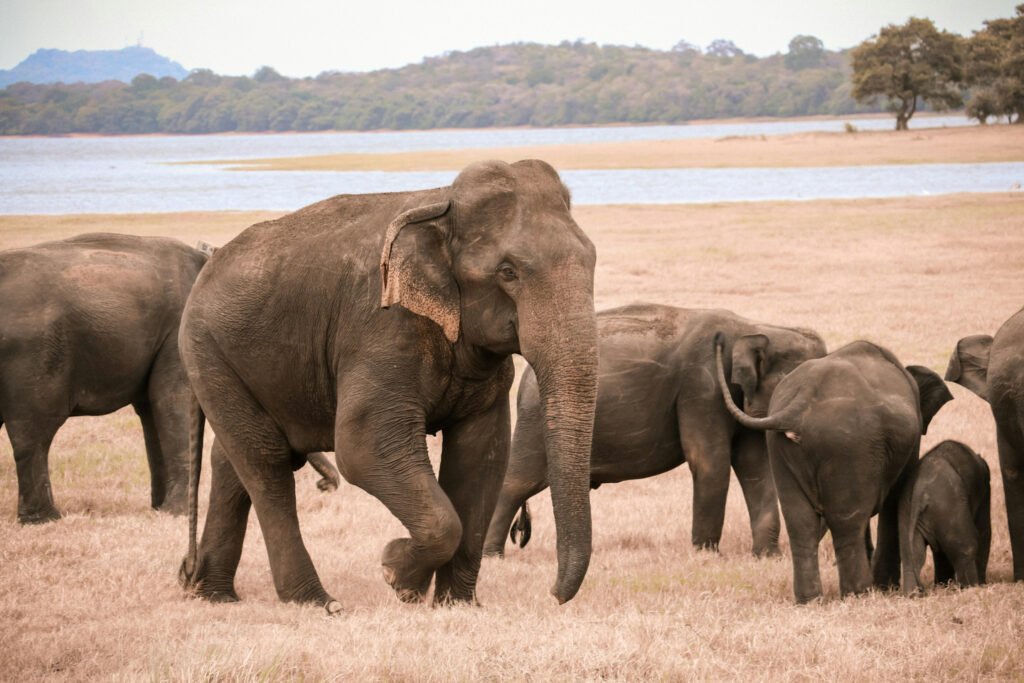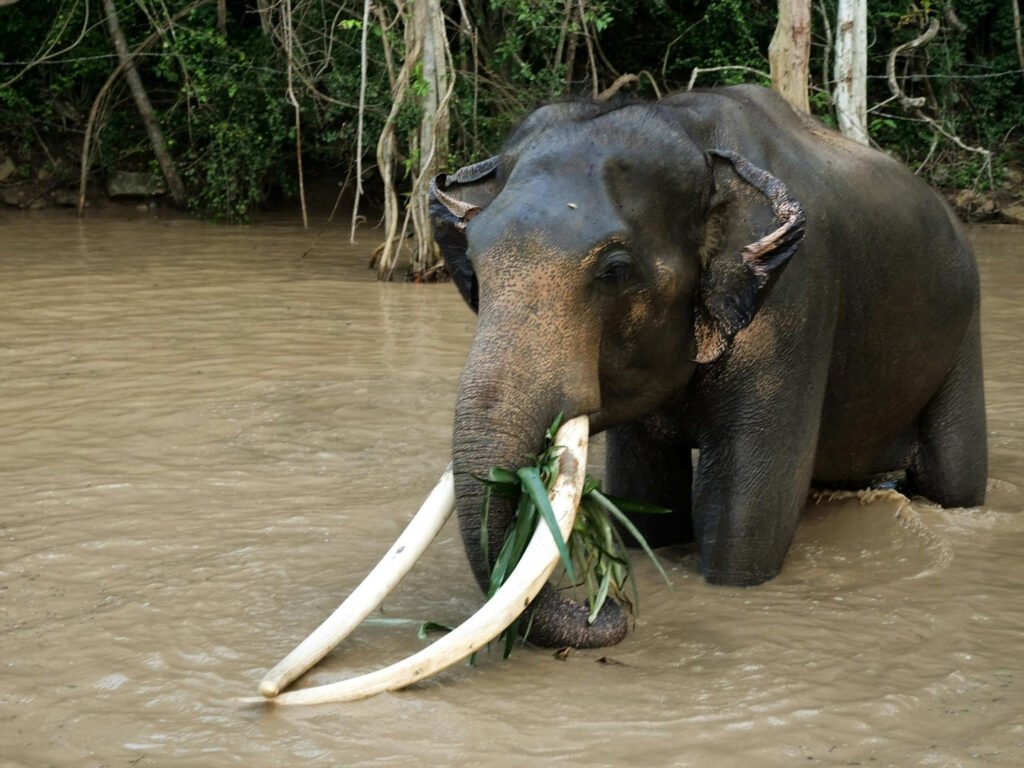
1. Elephant’s Have Remarkable Self-Awareness
As we delve deeper into the extraordinary adaptations and abilities of the Asian Elephant, one of the most captivating and thought-provoking aspects is their remarkable capacity for self-recognition. Unlike many other animals, elephants have demonstrated a profound understanding of their own identity. Through a series of studies, scientists have documented the elephant’s ability to recognize their own reflection in a mirror. When presented with a mirror, these gentle giants do not simply ignore or react to their own image as a stranger, but instead engage in a series of behaviors that showcase their remarkable awareness. They may use the mirror to carefully examine parts of their body, investigate changes or markings on their skin, and even use the reflection to guide their own movements, all while displaying a clear understanding that the image they see is their own.
This capacity for self-recognition is not just a mere parlor trick, but a profound indicator of the elephant’s advanced cognitive abilities. It suggests that these majestic creatures possess a level of introspection that was previously thought to be the exclusive domain of humans and a select few other highly intelligent species. By recognizing themselves as distinct individuals, elephants demonstrate a deeper understanding of their own existence, a self-knowledge that allows them to navigate their social world with a heightened level of complexity. Moreover, the elephant’s ability to recognize themselves in a mirror has far-reaching implications for our understanding of consciousness and the evolution of intelligence.

2. It’s Not All Trumpets!
Beneath the thunderous trumpets and gentle rumbles we associate with elephants, lies a remarkable and largely unseen world of communication that transcends the limitations of our own senses. Elephants possess the remarkable ability to engage in a form of language that operates on a level beyond the reach of human perception – the language of vibration. Through their highly-sensitive trunks and the intricate network of nerves that permeate their bodies, elephants are able to detect and interpret a vast array of low-frequency vibrations, allowing them to communicate and interact with their herd. These vibrations, which may be generated by the movement of the earth, the rustling of vegetation, or even the rumbling calls of distant elephants, convey a wealth of information that they can effortlessly decode.
Through this vibration-based language elephants are able to coordinate their movements, share crucial information about resources and potential threats, and maintain the complex social bonds that are the foundation of their societies. By detecting and responding to these subtle cues, elephants can navigate their environments with a level of awareness and synchronicity that is awe-inspiring.

3. The Matriarchs
Among the social structures and adaptations of elephants, the crucial role of the matriarch stands out as a testament to the profound wisdom and leadership among elephants. As the eldest and most experienced female in the herd, the matriarch is the guiding force that ensures the survival and prosperity of her family. Drawing upon decades of accumulated knowledge about the best feeding grounds, reliable water sources, and the ever-changing rhythms of their environment, these esteemed leaders map out the migratory paths and daily routines that keep their herds thriving, even in the face of the harshest conditions.
The matriarch’s importance extends far beyond her practical knowledge. She is the embodiment of the herd’s collective memory, a living repository of the essential information that has been passed down through generations. It is her unwavering calm and keen decision-making skills that allow elephant families to navigate the complexities of their natural world.

4. Right or Left Tusked?
Much like the preference for left or right-handedness in humans, elephants too exhibit a distinct tendency to favor one of their impressive tusks over the other. This asymmetric characteristic is a fascinating window into the individuality and unique adaptations of these giants.
As elephants utilize their tusks for a myriad of essential tasks, from foraging and digging to self-defense and social displays, the favored tusk invariably bears the marks of more frequent use. Over time, this preferred tusk will often become smaller and more worn compared to its counterpart, a tangible representation of the elephant’s personal preferences and dominant side. This subtle detail not only highlights the adaptations of these animals but also serves as a distinct identifier, allowing researchers and observers to recognize individual elephants within a herd.

5. An Elephants Grief
Among the many remarkable traits that define the complex social fabric of elephant society, perhaps none is as poignant and deeply moving as their capacity for grief. Elephants are renowned for their intelligence and emotional depth and have demonstrated a deep understanding when it comes to the loss of a loved one, whether it be another elephant or another species, to include humans!
Time and time again, researchers have observed elephant families visiting the bones of their deceased kin, sometimes for years after the passing, gently brushing the remains with their trunks. The care and reverence with which they approach these sacred sites is a humbling display of the elephants’ ability to process and honor the passing of a loved one, a ritual that speaks to the enduring nature of their emotional connections. In some cases, elephants have even been known to linger around the body of a fallen family member for up to a week, a solemn vigil that reflects the depth of their mourning and the importance of communal support in the face of loss.
As we bear witness to these displays of grief, we must remind ourselves of the intelligence and empathy that lie at the heart of the elephant experience. These are not merely animals driven by instinct, but sentient beings capable of complex emotions and a understanding. By honoring and preserving the habitats and social structures that allow elephants to thrive, we not only safeguard the future of these magnificent creatures, but also learn invaluable lessons about the depth of the natural world and our own capacity for compassion.
